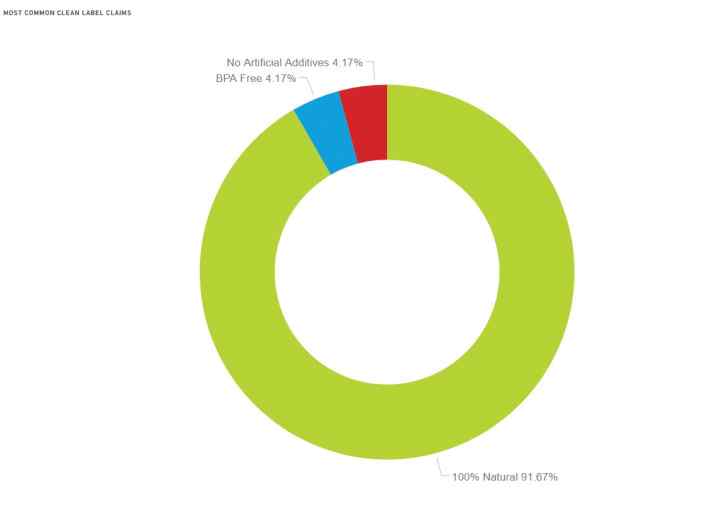Microbiome skin innovations
The innovation race to release cosmetic innovations aiming the skin microbiome has sped up after recent research highlighting a possible relationship between gastrointestinal, skin, and mental and cognitive health, well known as the gut-brain-skin axis. What are the main clinical implications of the emergent trend?
Atlantia sponsored the Cosmetics Design Summit 2019: Skin Microbiome Innovation. This annual conference took place in Amsterdam and the main topics discussed were consumer trends around skin microbiome products and the latest updates on skin microbiome research and European legislation.
Probiotics consumer awareness
Consumer health awareness follows a rising trend that has been constant during the last decade, however they are seeking to achieve well-being from a holistic point of view: nutrition, skin care, physical activity and mental health. Mintel’s presentation during the conference highlighted that 49% of US consumers take probiotics for well-being. The top claims being used are anti-ageing, moisturising/hydration and multifunctional claims. Vegan products sales increased a 750% in January 2019, well known between the consumers as Veganuary, however cruelty-free claims are still the dominants in this category. They also stressed the importance of Lactobacillus as the most common probiotic strain for skin care and the concern of youngest generations by parabens and silicones, however the most common clean label claim is still “100% natural” as the below graphic shows:

Source: Lumina Intelligence, Q4 2018 gathered by Atlantia on 2July 2019
In terms of consumer behaviour, it is important to highlight the uniqueness of the Asian market. Asian consumers regularly include fermented foods in their diets on a daily basis. There are also cultural connections with these products, e.g. the kefir grains were mentioned at the Quran or Japanese lifestyle is based on the saying “live in harmony with nature”. Therefore, probiotics products tend to have a higher acceptability in Asian markets due their level of familiarity with the product category. Furthermore, companies need to be careful when positioning their probiotic skin products as premium. Probiotics are perceived as a cheap product since they can be easily produced at home, for instance, probiotics products tend to be associated with a lower price as stated by Nicole Fall from Asian Consumer Intelligence.
Probiotics used for skin health purposes, are positioned between drugs and consumer products. Ingmar Claes from Yun classified Probiotherapy as the new generation of probiotics for the skin. Probiotics skin products moved from being microbiome safe therapeutics, to currently aim to achieve symbiose through microbiome restauration products. However, the regulation for this space it still unclear. Certain claims are allowed, specially those related to the characteristics of the skin, meanwhile immune system or skin microbiome claims are not allowed for the lack of scientific knowledge on the specific mechanism of action of these products. There is no legislation at the moment except the SCCs (Scientific Committee on Consumer Safety) notes of Guidance for testing of cosmetic ingredients and their safety evaluation. In the Guidance document, they mention about clinical trials stating than Tests in animals and alternative methods may have limited predictive value with respect to the human situation. Therefore, when human data is available, this information is very valuable.
Bringing microbiome innovation to the market: A clinical research approach
At the conference, Atlantia organised a roundtable discussion Bringing microbiome innovation to the market: A clinical research approach. The Cosmetic market is expected to reach a market value of USD 805.61 billion by 2023 and Nutricosmetic market would worth USD 7.93 billion by 2025. Consumer safety and satisfaction are key to bringing new or improved products to market and these can only be established through, scientifically and credible dermatology trials. The gold standard of clinical study designs is the double-blinded randomized controlled trials (RCT). Understanding of what is needed to conduct a successful study in cosmetics and nutricosmetics products is now essential. The aim of this roundtable was to discover how to design and conduct successful human clinical trials when proving the health benefits of skin health focus products. We would like to thank to all the participants for the great participation and debates that were generated during the same. Please visit our page about probiotics or skin health if you want to know more about those topics.
The main takeaway from the research is the need for predictive skin models, the influence of urbanised areas in the skin microbiome and the new trends in terms of DNA sequencing. It would be also interesting to look at the rising trends of probiotics products for the sun care market, this new product category is expected to be a star product, especially in Asian markets.

